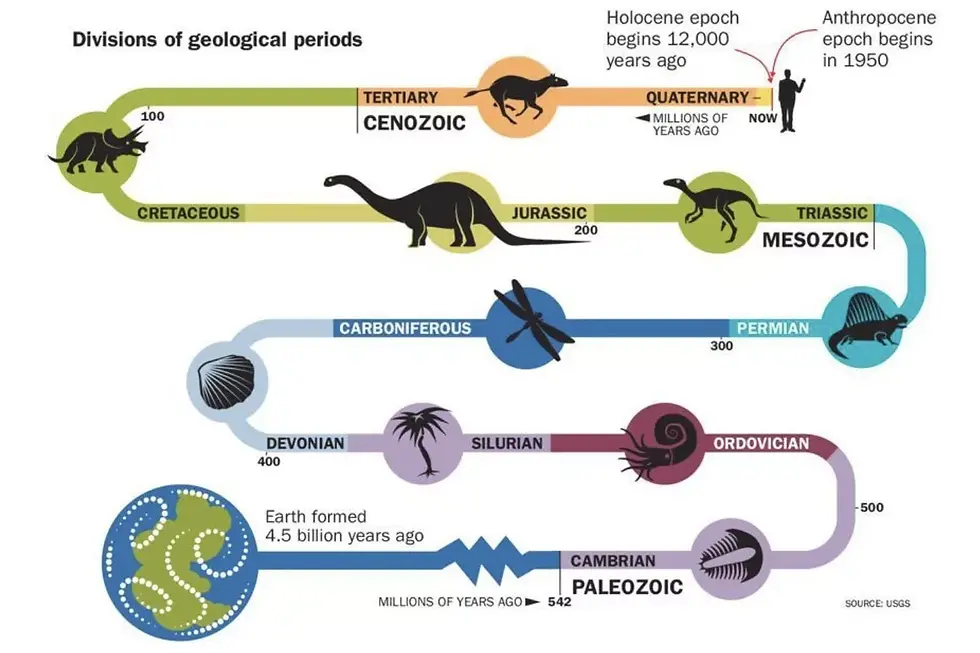The Soil Food Web
- Sam Koerner
- Jul 8, 2023
- 3 min read
Looking beneath the surface of the Earth lies a vibrant and intricate world known as the soil food web. This complex network of organisms, ranging from microscopic bacteria to fungi and earthworms, is responsible for sustaining the health of our soils, the plants that grow in it and the people who eat the food that is grown in it. It is a vital element that is now often non-existent in our modern landscapes and agricultural systems. Restoring the Soil Food Web is at the centre of all work that we complete at Convert The Dirt.
Apologies in advance for the longer read, however this requires extra attention! We will certainly cover this more in future blogs!
'Biodiversity above ground reflects the biodiversity below ground'

Unveiling the Soil Food Web The soil food web refers to the interconnected community of organisms that inhabit the soil and interact with one another. It encompasses a diverse range of life forms, including bacteria, fungi, protozoa, nematodes, arthropods, and earthworms. Each member of this web plays a unique role in maintaining soil health and performing essential functions.
Microbes: The Soil's Microscopic Workforce At the foundation of the soil food web are the microscopic organisms, such as bacteria and fungi. These soil microbes are the driving force behind nutrient cycling and decomposition processes. Bacteria break down simpler organic compounds and sugars, while fungi excel at decomposing tougher materials like complex chain acids and chemical residues.
Nematodes and Protozoa: The Soil's Hungry Consumers Nematodes and protozoa inhabit the next trophic level in the soil food web. Nematodes are tiny worm-like organisms that feed on bacteria, fungi, and other nematodes, playing a crucial role in controlling microbial populations. Protozoa, on the other hand, primarily consume bacteria. Both nematodes and protozoa are essential grazers that help to further processing nutrients and maintain a balance among the microbial community, preventing the overgrowth of specific species.
Arthropods: Nature's Recyclers and Predators Arthropods both micro and macro, including insects, spiders, and mites, are key players in the soil food web. They contribute the nutrient cycling by consuming decaying plant material, breaking it down into smaller particles. Some arthropods, such as springtails and mites, act as shredders, accelerating the decomposition process. Predatory insects help regulate populations of other arthropods and pests, maintaining balance within the soil ecosystem.
Earthworms: Soil Engineers Extraordinaire Earthworms are considered the engineers of the soil food web. Through their burrowing activities, they improve soil structure, enhance water infiltration, and promote aeration. This process results in nutrient-rich castings that enrich the soil and support plant growth. Additionally, earthworms help mix and distribute organic matter throughout the soil, facilitating decomposition and nutrient cycling.
The Importance of a Healthy Soil Food Web A thriving soil food web is essential for maintaining soil health and fertility in plants, food and people. It supports better plant growth, naturally enhances nutrient availability, increases plant immunity to disease and pests and improves soil structure to allow aeration and water retention.
Conclusion The soil food web represents another eco-system that mother nature has carefully constructed in order to support above ground eco-systems. From microscopic bacteria to earthworms, each organism in this complex network plays a vital role in maintaining soil health and ecosystem sustainability. Understanding and appreciating the soil food web's significance can guide us towards adopting practices that support it, rather than hinder it.
For more information about working with Convert the Dirt Services please view more here



